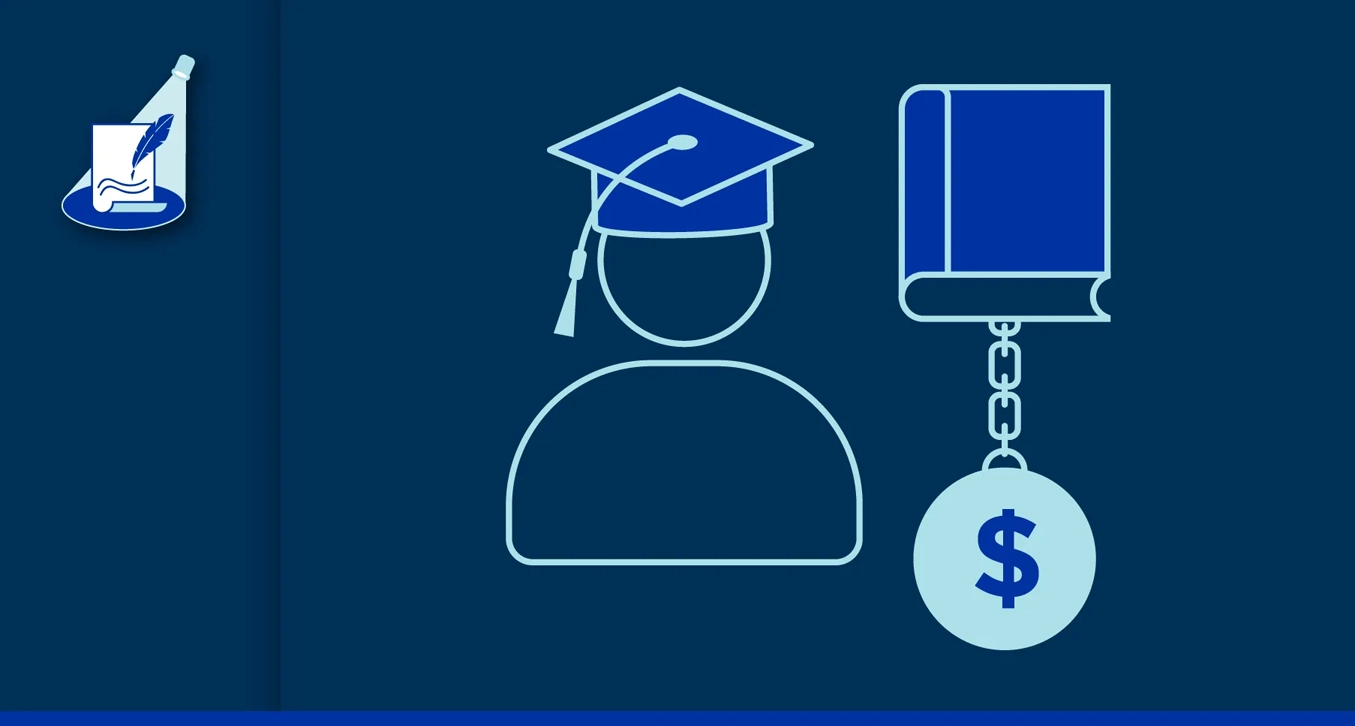The federal student loan payment moratorium is slated to end this summer. Call your servicer now; pick the repayment strategy that works best for you; and start setting aside payments now, if your budget allows.

Scheduled to end “60 days after June 30” per the latest legislative text emerging from the debt ceiling negotiations in Congress and expected to be voted on this week, the federal student loan payment moratorium has been a financial lifeline for many of our clients.
Based on discussions with their TrustPlus Financial Coaches, some made payments toward the principal to accelerate their timeline for becoming student-loan debt free.
Others prioritized paying off higher-cost debt like credit cards and reduced or eliminated collections debt.
Now, with the end of the moratorium in sight, they’re asking questions like:
“What are my monthly payments going to be?”
“What will my total, overall, balance be when the payment pause ends?”
“Am I in or should I be in an income-driven repayment plan?”
“Do I qualify for Public Service Loan Forgiveness?”
“What should I do if I know I will not be able to afford my payments?”
They’re not alone. Nearly 43 million people, or one in six adults, in the U.S. have federal student loan debt, which now exceeds $1.6 trillion.
The federal student loan moratorium seems destined to come to an end, for real this time.
It’s true that the fate of the Biden Administration’s broader student loan forgiveness plan still rests with the Supreme Court in a decision expected this month.
But even if the Supreme Court rules in favor of the Administration, a highly uncertain proposition, more than 23 million borrowers will still have federal student debt and need to resume payments in the coming months.
The deal negotiated over the weekend to address the debt ceiling ends the student loan payments pause and it also prohibits the education secretary from extending the pause on federal student loan payments without an act by Congress.
The split Congress of a Democrat-controlled Senate and a Republican-controlled House all but guarantees the federal student loan moratorium’s end is nigh. Borrowers must act accordingly.
For our clients and the millions of workers with federal student loan debt, here are three steps to prepare for the end of the payment moratorium and strengthen your financial health.
Call your student loan servicer now.
Whatever your questions or concerns are, your best bet is to call your student loan servicer now to familiarize them with your financial situation and to discuss options available to you.
The sooner the better. The closer it gets to the end of the moratorium the more borrowers are going to be contacting their loan servicers, the longer the waits, etc.
If you’re concerned that you will not be able to afford your monthly payments, ask about an income-driven repayment plan.
Your servicer will ask for your income, family size and other details about your personal finances to determine the plan that will work best for you.
If you’re experiencing hardship and an income-driven repayment plan doesn’t seem feasible, then you still have options like forbearance or deferment, which enable you to forego payments for a time. Contact your student loan servicer now to discuss your situation.
Consider different payment strategies and pick the one that works best for you.
There’s no right way to pay off student loan debt. It depends on your personal preferences and obligations, finances and goals.
One strategy is the “avalanche” debt reduction strategy. The avalanche strategy prioritizes paying off the debt with the highest interest rate first.
Another strategy, the “snowball” debt reduction strategy prioritizes the student loan with the lowest balance. The idea is that you’ll be able to pay it off relatively quickly and build momentum, financially and psychologically, to tackle your student debt.
At the end of the day, with either strategy, you should contact your student loan servicer now (are you sensing a theme here?) to apply any additional payments, in addition to the minimum payments, to the loan with the lowest balance (snowball) or highest interest rate (avalanche).
For borrowers eyeing Public Service Loan Forgiveness or an income driven payment plan, making additional payments on top of the minimum ones might not be the best strategy since a portion of your debt will ultimately be forgiven. In some cases, it can be more strategic to forego those extra payments and either invest them or save them for emergency needs.
[If you are employed by a government or nonprofit, you might be eligible for the Public Service Loan Forgiveness Program. We’ll cover the latest PSLF developments which go into effect July 1 in an upcoming post.]
In other cases, consolidation could be your best bet. You can consolidate with a different student loan servicer, a credit union, a bank or an institution that specializes in student loan lending.
But before you take any steps, it’s important to understand the different options. TrustPlus Financial Coaches work through them with our clients to determine what would be best for them to eliminate their debts and also save money over time.
Set aside, or start making, payments now.
If your budget allows, then start putting money for your expected payments aside now, or even just start making them (since by now you’ve contacted your loan servicer, and have a handle on your budget and your different options, ahead of the inevitable, overwhelming, surge of borrower inquiries).






